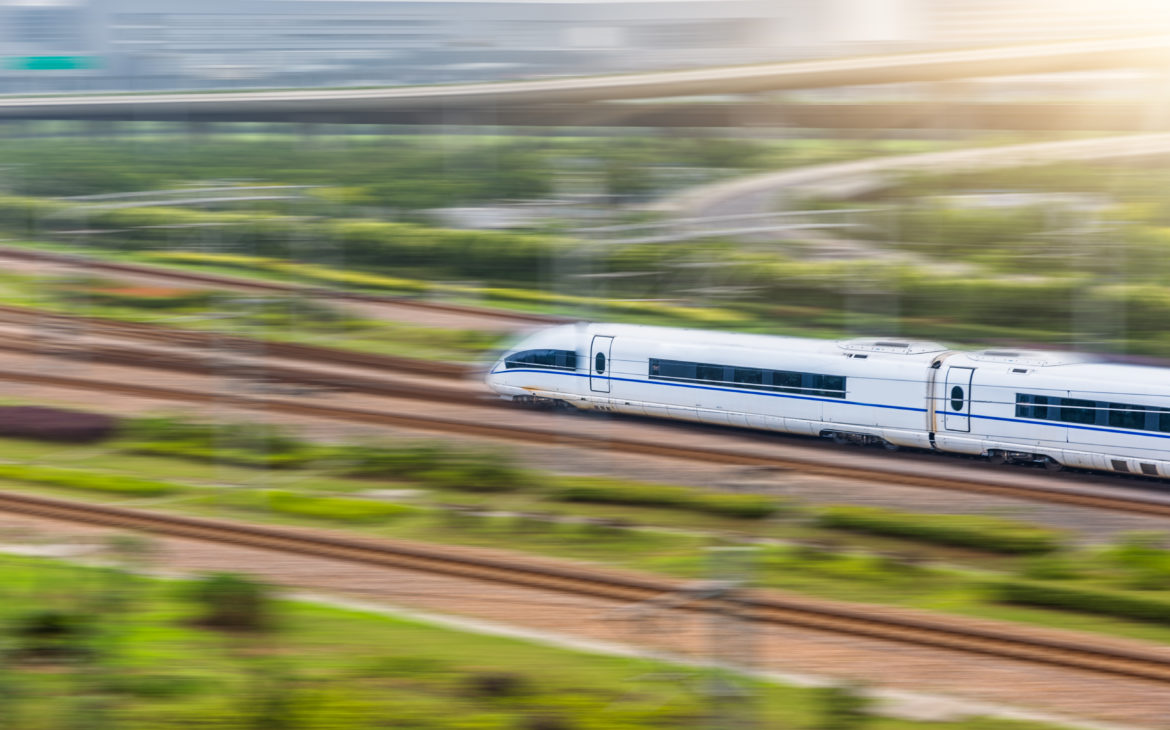Nokia’s new solution is based on a 5G radio operating in the 1900 MHz band (n101), making it the first commercial product of its kind developed specifically for railway applications. Combined with a standalone 5G core, the technology allows a gradual migration from the existing GSM-R system to FRMCS, the new global standard for railway communication. This approach enables operators to maintain legacy infrastructure while introducing new systems without service interruptions. Its key advantage lies in supporting critical functions such as automated train control, real-time communication and predictive maintenance, while passengers benefit from faster and more accurate information.
Given the EU’s mandate for the phased introduction of FRMCS by 2030, Nokia’s solution comes at the right moment. The company leverages its extensive experience in developing GSM-R systems, already implemented in over twenty countries, along with its involvement in FRMCS standardization. This positions Nokia as a market leader and ensures the confidence of railway companies seeking a safe and sustainable transition to new technology. Broadly, this innovation forms the foundation for the digital transformation of railway operations and represents a significant step toward creating an interoperable and secure system at a global level.
Furthermore, Nokia is actively participating in pilot implementations of FRMCS across Europe, including the EU-supported MORANE-2 initiative. These projects are essential for testing new technologies in real-world railway conditions and aligning different national networks with future common standards. The results are expected to provide clear guidance for the wider adoption of FRMCS across the continent, ensuring that the transition to 5G communication is as efficient and safe as possible.
The launch of Nokia’s 5G radio for railways marks a crucial milestone in modernizing the sector. The solution delivers technical reliability, compatibility with existing systems and a clear focus on future market needs. While operators aim to ensure safety and efficiency, innovations like this demonstrate how technology can serve as a bridge between tradition and the future of the railway industry.
